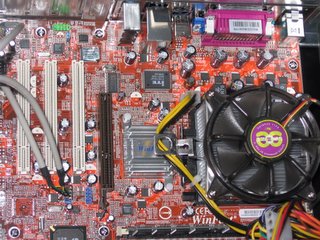It’s official – Fedora Core Release 5, also known as Bordeaux, has been released. I have been playing around with Fedora Core 5 Test 3 (the equivalent of the third beta), but now it looks like I’m downloading an additional 3 gigabytes (it comes on one DVD). At the moment there’s not enough seeders on the official torrent (yes, there are legal uses for BitTorrent you know), so I’ll probably wait until more people have downloaded it, and choose a time to download when there’s less people online, like tomorrow morning.
Anyway, can’t wait to (not) see the bugs they’ve fixed. Good work and well done to the community and of course to Red Hat to getting out a great OS.






